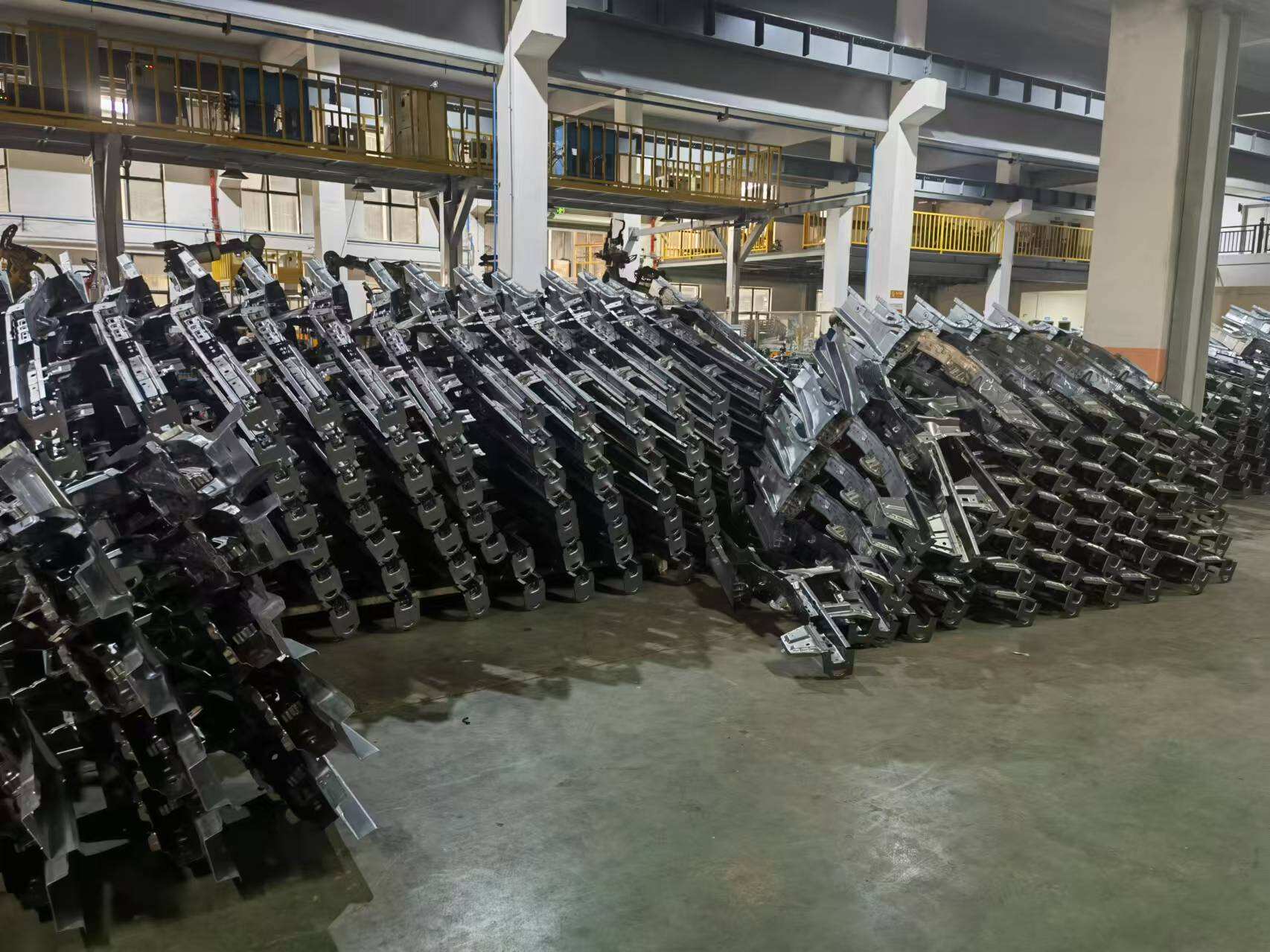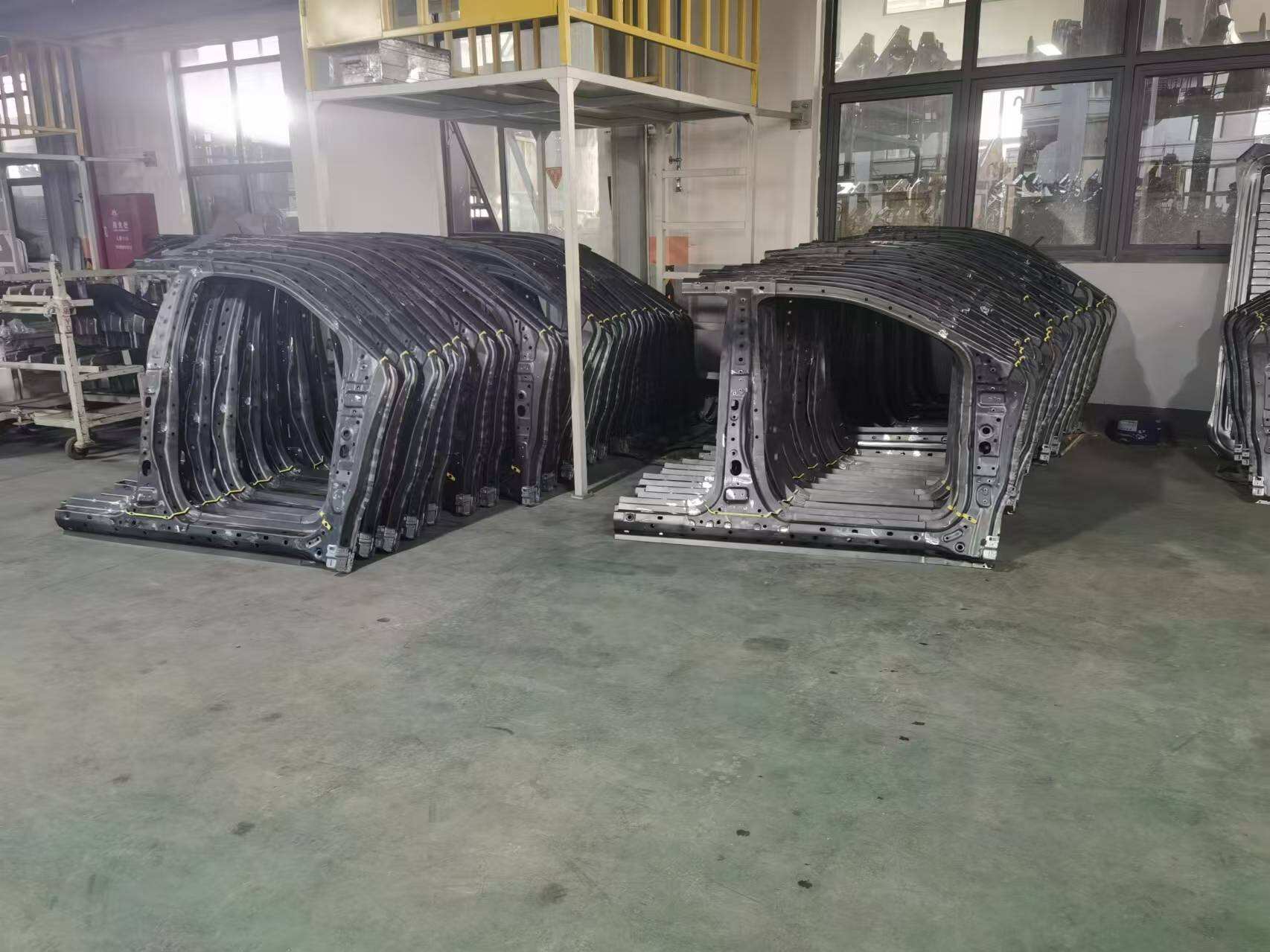Automobile parts production is a highly complex and significant sector within the automotive industry. It serves as the fundamental building block that determines the quality, performance, and reliability of automobiles.
The production process of automobile parts typically begins with extensive research and development. Engineers and designers work closely to conceptualize and create parts that meet the specific requirements of different vehicle models. They consider factors such as functionality, durability, safety standards, and compatibility with other components. For instance, in the design of an engine part like a piston, advanced computer-aided design (CAD) software is used to optimize its shape and structure, ensuring efficient combustion and minimal wear.
Once the design is finalized, the manufacturing phase commences. Raw materials are carefully selected and sourced. High-quality metals, plastics, and composites are commonly used. For example, steel is often employed for chassis components due to its strength and rigidity, while plastics are favored for interior parts for their lightweight and molding flexibility. The manufacturing processes vary depending on the type of part. Machining operations such as turning, milling, and drilling are utilized to shape metal parts with high precision. Casting and forging techniques are also widely applied to create complex shapes, like engine blocks and crankshafts. In the production of plastic parts, injection molding is a prevalent method, where molten plastic is injected into a mold cavity to form the desired shape.
Quality control is an indispensable aspect of automobile parts production. Stringent quality checks are carried out at multiple stages of the manufacturing process. Advanced inspection technologies, such as coordinate measuring machines (CMMs) and non-destructive testing methods, are employed to ensure that each part meets the exacting dimensional and performance specifications. Any defective parts are promptly identified and removed from the production line to prevent them from being incorporated into vehicles.
Automation and advanced manufacturing technologies have revolutionized the automobile parts production industry. Robotic arms are used for tasks such as welding, assembly, and material handling, enhancing production efficiency and consistency. Computer numerical control (CNC) machines enable precise and repeatable machining operations, reducing human error. Additionally, the implementation of the Internet of Things (IoT) in production facilities allows for real-time monitoring of equipment performance and production processes, enabling proactive maintenance and optimization.
The automotive industry is constantly evolving, with a growing emphasis on fuel efficiency, safety, and environmental sustainability. This drives innovation in automobile parts production. For example, the development of lightweight yet strong materials, such as carbon fiber-reinforced polymers, is enabling the production of lighter vehicle components, which in turn improves fuel economy. The integration of advanced electronics and sensors into parts, like intelligent braking systems and adaptive headlights, is enhancing vehicle safety and functionality.
In conclusion, automobile parts production is a dynamic and crucial field. It requires continuous innovation, strict quality control, and the adoption of advanced technologies to meet the ever-increasing demands of the automotive market. The high-quality production of automobile parts not only contributes to the performance and safety of individual vehicles but also shapes the overall competitiveness and development of the automotive industry.